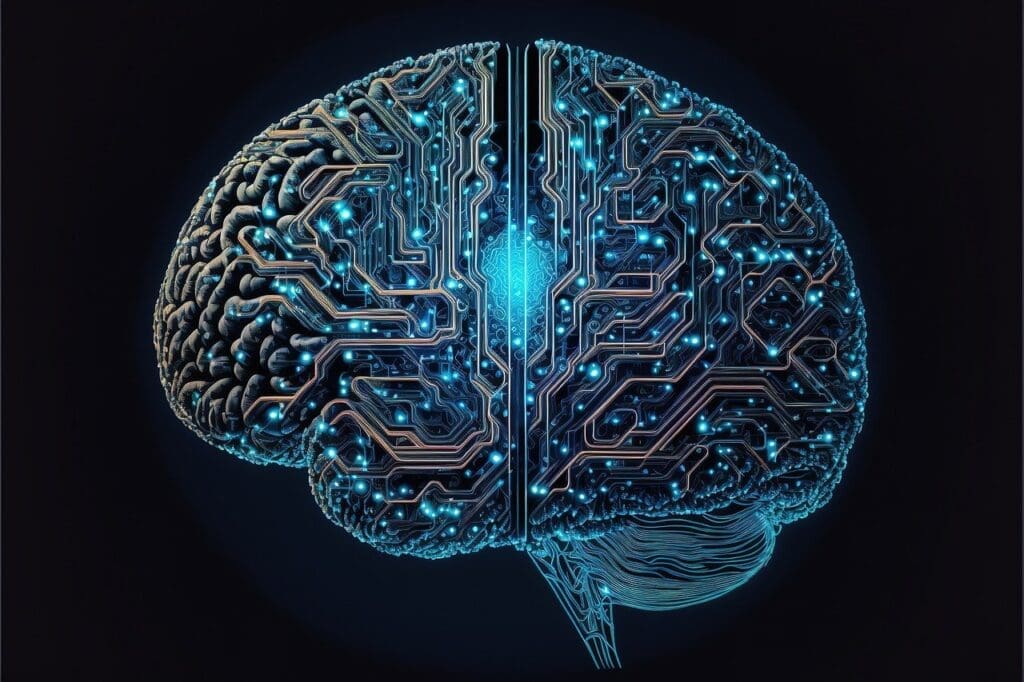Sense of touch cortex ages in layers and less strongly than previously thought
The human brain ages less strongly than previously assumed, especially in the area of the cerebral cortex, which is responsible for the sense of touch. This is shown by a study by the German Center for Neurodegenerative Diseases (DZNE), the University of Magdeburg and the Hertie Institute for Clinical Brain Research at the University of Tû¥bingen, published in the journal “Nature Neuroscience”. Using high-resolution brain scans of about 60 adults aged 21 to 80 years and studies on mice, the researchers provide new insights into the aging of the primary somatosensory cortex and its function in processing sensory impressions.
The cerebral cortex, also known as the cortex, is only a few millimeters thick, wrinkled and typically becomes thinner with age, which is often attributed to the loss of nerve cells. The current study focused on the primary somatosensory cortex, a finger-wide area at the top of the head that processes tactile signals. This area is crucial for the perception of one’s own body and interaction with the environment, for example when grasping objects or walking.

Using high-resolution magnetic resonance imaging (MRI) with a magnetic field strength of seven tesla, the researchers were able to image filigree structures of the cortex the size of a grain of sand. In the process, they discovered that the cerebral cortex ages differently in layers. While the deep layers become thinner with age, the middle and upper layers, which receive and process sensory signals, remain surprisingly stable or sometimes even thicker. This suggests neuroplasticity, which is the brain’s ability to adapt even as we age, especially in heavily used areas.
The middle layer of the cortex serves as a “front door” for tactile stimuli, while the upper layers perform more complex tasks such as the interaction of neighboring fingers when grasping. The deep layers modulate signals depending on the context, for example to block out stimuli such as wearing a ring. Tests on tactile sensitivity and motor skills of the hand as well as functional MRI confirmed that the functionality of the middle and upper layers is largely preserved even in old age. This could explain why trained sensorimotor skills such as writing on a keyboard often persist into old age, while disruptive influences such as noise have a greater impact on the performance of older people.
A remarkable finding is that the deep layers have an increased myelin content despite their loss of thickness, which indicates compensatory mechanisms. Myelin supports the transmission of nerve signals, and an increase in certain nerve cells in these layers seems to partially compensate for degenerative processes. Comparative studies on mice confirmed these observations, but showed that this compensation decreases in very old age.
The study suggests that regular stimulation of the brain through active use can delay aging. One example is a subject who used only one arm due to a congenital malformation and had a thinner middle cortex layer, which underlines the importance of intensive use. The results offer approaches for preventive measures, for example through targeted stimulation to maintain the functionality of the cortex.
The researchers emphasise that these findings enable an optimistic view of ageing. They suggest that targeted activity can promote the brain’s adaptability even in old age, which opens up new perspectives for the prevention of age-related limitations.
Original Paper:
Editor: X-Press Journalistenbû¥ro GbR
Gender Notice. The personal designations used in this text always refer equally to female, male and diverse persons. Double/triple naming and gendered designations are used for better readability. ected.




